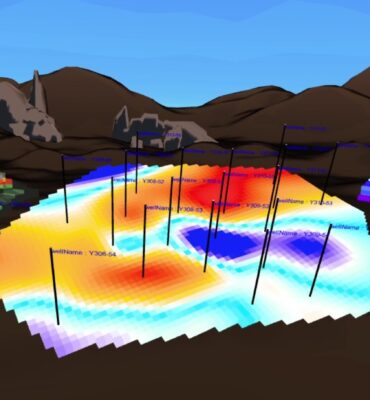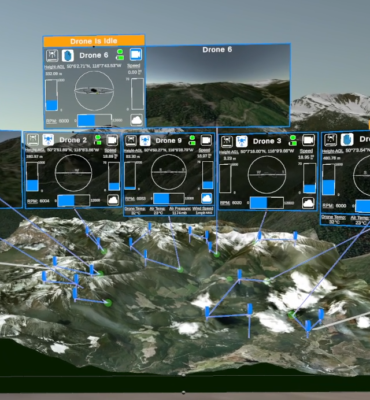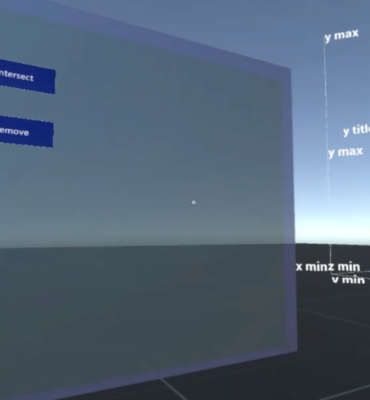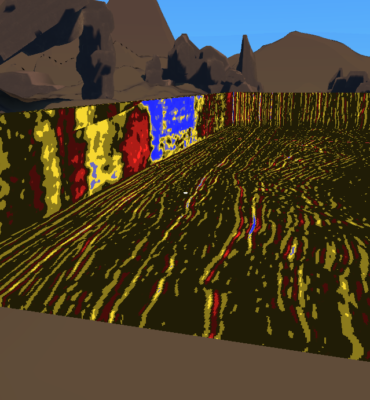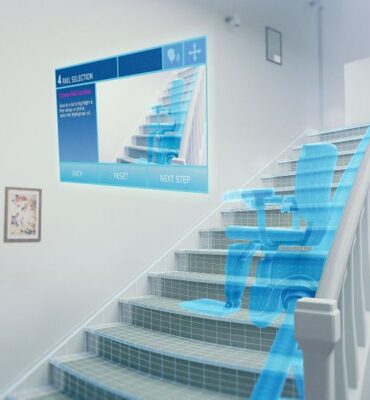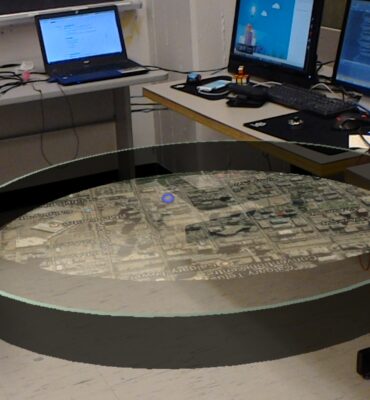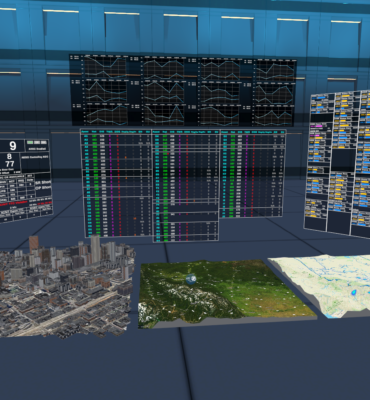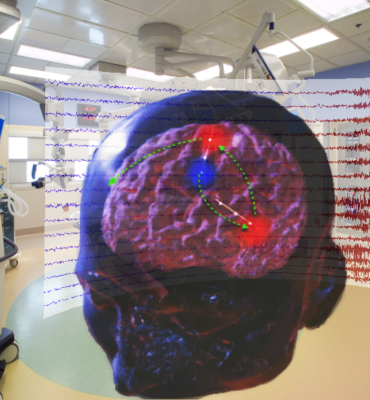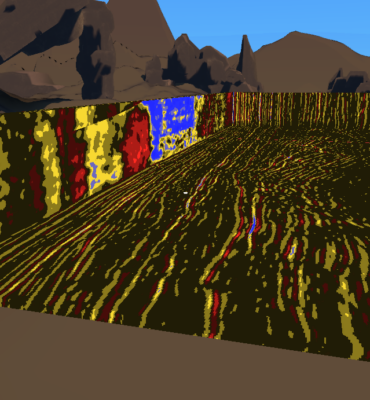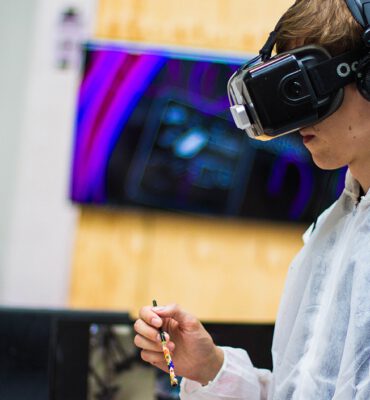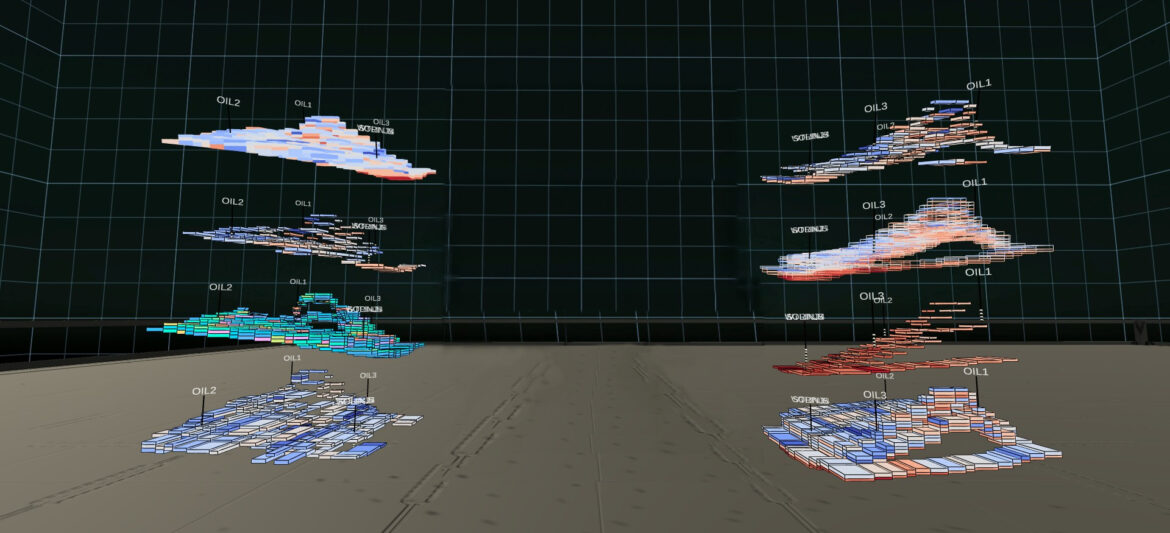
UX Guidelines For Room-Scale XR User Interfaces
Developing Empirical User Experience Guidelines for Room-Scale Extended Reality User Interfaces
Extended reality (XR) is the space where humans and computers interact and communicate using virtual and physical elements. XR is in reference to a larger term to categorize all the different realities; Virtual reality (VR), Augmented reality (AR) and Mixed Reality (MR). All of these are reliant on the use of technology that allows the user to view a fully virtual space or a hybrid of their current space with augmented, or layered, digital content. Certain facets of modern VR technology provide unique challenges. For instance, recent years have seen the rise of so-called “room-scale” VR, wherein the user calibrates a physical space with the aid of sensors, which track the position of a head-mounted display (HMD) and potentially handheld motion-tracked controllers. Room-scale XR gives users the ability to move around freely through immersive experiences. Immersive experiences are created by tracking the movements of the headset and controllers in real time and reflecting them in XR. This makes it possible for users to move naturally and interact with virtual objects in the environment. Without room-scale support, the experience feels awkward due to the limitations placed on their movements.

Moreover, first impressions matter, and in XR they are essential to creating a positive user experience (UX) for the user. Working in an immersive, 3D environment adds complexity to creating a good user experience. The UX is the design that happens behind all the visuals. The role of the designer is to create an environment where the user understands the space. User experience (UX) guidelines help designers with many challenges and opportunities when creating XR applications. Within a room-scale environment, XR developers and designers face many design challenges and are currently handling these design problems, however, guidelines that can be found from research and industry that offer insights and ideas surrounding UX for XR room-scale User Interfaces (UIs) are often opinions from experts, developers and designers. To validate experts’ stated beliefs, those guidelines should be based on concrete empirical evidence. Therefore, in our work, we aim to develop empirical evidence design guidelines for room-scale UIs in XR by running control experiments looking into specific aspects. For instance, it has been suggested to expand out UI that is triggered by any input (button/trigger/swipe) at a 45-degree angle from the top of the controller. However, to the best of our knowledge, no empirical study has evaluated this stated belief till now, or there’s no evidence to show what’s the best layout for data visualizations around the user in XR. There are lots of examples like this one that need to be investigated to cover all different aspects of UX design guidelines for room-scale user interfaces in extended reality.


